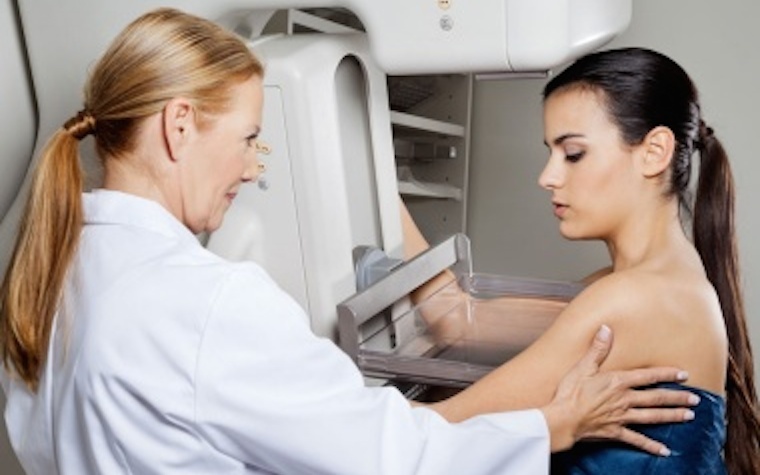
A recent study published in the New England Journal of Medicine (NEJM) examined how mammography screenings have affected reported breast cancer incidence, tumor size at diagnosis, related mortality and potential for over-diagnosis.
In the study, researchers noticed that while the number of tumors classified as large fell after the introduction of mammography, the number of tumors classified as small grew. Analysis shows that over-diagnosis can occur due to screening and an overall decrease in breast cancer mortality is more likely linked to improvements in cancer treatment than the benefits of earlier detection of tumors.
American Academy of Family Physicians Commission on Health of the Public and Science member Dr. Kenneth Lin of Washington, D.C., stated that, historically, mammography has been based on the idea that smaller breast tumors are more treatable than larger ones. Lin is an associate professor of family medicine at the Georgetown University School of Medicine, as well.
"Unfortunately, characteristics of breast cancer other than tumor size, such as the tumor's responsiveness to estrogen, also influence how well individual cancers will respond to treatment," Lin said.
According to the study, breast cancer screening has detected many small tumors that would not have progressed to health-harming large tumors.
"These tumors are said to be 'over-diagnosed' because they most likely led to unnecessary treatment and side effects of those treatments," Lin said.
Due to conflicting recommendations about early screening and when to start mammography, Lin said that he believes it is important for family physicians to initiate a conversation with women over 40, letting them know they have a decision to make.